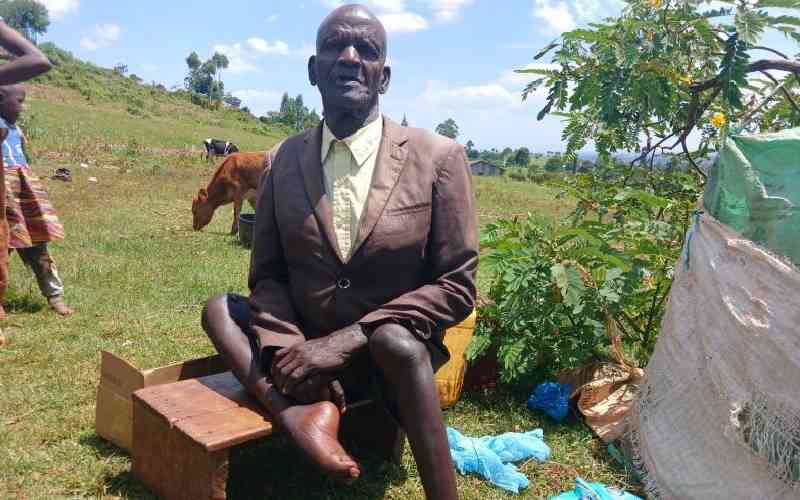The fashion industry is the second most environmental polluter after the oil industry. Radical changes in the fashion industry will not be an option when the fight against climate change is to be achieved, especially at this critical point when we have twelve years to avert the climate change catastrophe.
The fashion industry consumes 1.5 trillion litres of water annually, for instance, up to 20,000litres of water are needed to produce a Kilogram of cotton, the same amount of water that can be used by an individual for two and half years. This figure is expected to rise at this crucial time when rivers are drying up, aquifers running empty, and wetlands shrinking.
The raw material used in the fashion industry ranging from animal leather to fibres like cotton have negatively impacted the environment. This is through the agrochemicals uses in the cultivation, chemicals used in the dying of the fabric and tanning of the leather.
A truckload of waste fashion is sent to landfills every second amounting to an annual Wastage of 400Billion dollars.
To salvage the situation, we need to come up with eco-friendly options for the fashion of a low carbon footprint. Some of the alternatives rolled out include;
a) Fashion from plastic waste- Adidas has rolled out shoes from waste ocean plastic to reduce the environmental impact of the plastic. Buddhist monks in Thailand have also started using robes from plastic bottles. To minimize the impact of micro plastic from plastic-based fashion, the users are advised to use cold water and wash them less often.
b) Mushroom based fashion- Mycelium, a rapidly growing filamentous, an extension of the mushroom is blended with finely ground agro-waste and grown together in a process known as Bio facture. The leather produced through Bio facture is strong, waterproof, light, and homogeneous and has been used to produce shoes, watches, lampshades, furniture, and building blocks. IKEA is also venturing into mushroom-based packaging. This approach is chemical-free, eco-friendly, and adds value to agricultural waste.
c) Pineapple leaves. Barong Tagalog is a century-old fashion tradition of the Philippines. The Barong Tagalog is a cloth made from decorticated pineapple leaves. Pinatex is a fashion enterprise that is using this concept to produce eco-friendly clothes, shoes, jackets for pineapple leaves. This can also be applied to the banana fibres.
d)The hemp plant has been used in the Hmong textile tradition of Vietnam, where hemp was used to produce clothes. Hemp clothes have also been traced to the medieval Mesopotamia.
Hemp is viewed as eco-friendly since it doesn't require agrochemical, grows fast, and have a high fiber content.
f) Orange Peels- clothes have also been made from waste Orange peels. Cellulose is extracted from the orange peels, and through a patented process, it's is spun into fibres which can be dyed and printed. This is an excellent approach to upcycling
Eco-friendly fashion has also been produced from waste fish skin and nopal cactus.
Streptomyces coelicolour has also shown the potential to be used in dying clothes. This approach uses less water and is a non-polluting approach.
The achievement of a sustainable society is a collective responsibility of every one. This comprises multidimensional approaches ranging from construction, energy, food, and agriculture.
Stay informed. Subscribe to our newsletter
 The Standard Group Plc is a
multi-media organization with investments in media platforms spanning newspaper
print operations, television, radio broadcasting, digital and online services. The
Standard Group is recognized as a leading multi-media house in Kenya with a key
influence in matters of national and international interest.
The Standard Group Plc is a
multi-media organization with investments in media platforms spanning newspaper
print operations, television, radio broadcasting, digital and online services. The
Standard Group is recognized as a leading multi-media house in Kenya with a key
influence in matters of national and international interest.
 The Standard Group Plc is a
multi-media organization with investments in media platforms spanning newspaper
print operations, television, radio broadcasting, digital and online services. The
Standard Group is recognized as a leading multi-media house in Kenya with a key
influence in matters of national and international interest.
The Standard Group Plc is a
multi-media organization with investments in media platforms spanning newspaper
print operations, television, radio broadcasting, digital and online services. The
Standard Group is recognized as a leading multi-media house in Kenya with a key
influence in matters of national and international interest.







